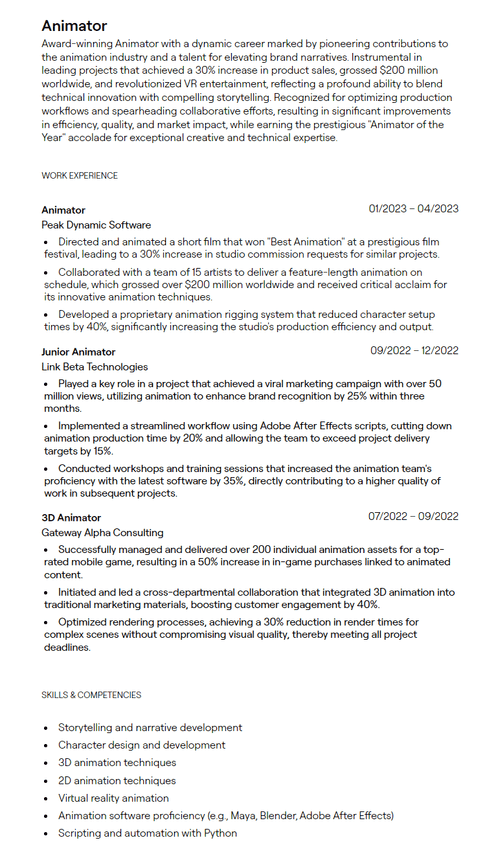null
null
Category nullCheck also null

Updated: 2024-11-23
Skill Guidance
- What is Actually Required for Success?
- Must-Have skills for resume
- Essential Skills for Professionals
- High Level Top Skills
Build Your Resume with AI for FREE
Relevant Resume Examples
-
null
null
Sample null skills resume section:
null
null
Generate Your Cover letter Summary with AI
Accelerate your Cover letter crafting with the AI Cover letter Builder. Create personalized Cover letter summaries in seconds.
Related Resumes:
null
Generate Your NEXT Resume with AI
Accelerate your Resume crafting with the AI Resume Builder. Create personalized Resume summaries in seconds.
